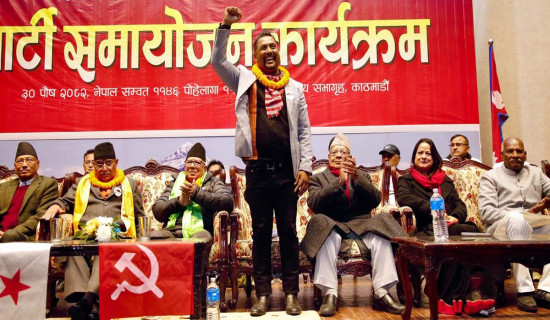- Wednesday, 14 January 2026
Football Rules
The old saying goes – The only rule in football is to get the ball in the opponent’s net as many times as possible. If only it was that simple.
Those who know football, or soccer as it is called in some parts of the world, know that it is a rather complex game with very rigid rules.
While, yes, the goal is to make goals, there is more to the sport than that.
So, since the world is in the grips of the FIFA World Cup, let us have a look at all the rules that govern the beautiful game starting with the simplest one.
Each match consists of two teams playing against each other for 90 minutes and the team that scores the most goals wins.
Each team has 11 players and 10 of them are not allowed to touch the ball with their hands.
The single player allowed to use their hands (all parts of their body actually) are the goalkeepers, but they are only allowed to do so within their designated 18-yard box.
At the end of the 90 minutes, if both teams have not scored any goals or have scored an equal number of goals then the game will either end as a draw or some steps may be taken to decide a winner, depending on the nature and importance of the match. These steps could be to extend the game by a few minutes (known as extra time) or to give the teams chances to score through penalty shootouts.
Each match is divided into two halves of 45 minutes (not counting the extra time that may be added at the end of the 45 minutes to compensate for interruptions to play that may have occurred during the game).
At the end of the first half, players are given 15 minutes to rest. Teams can also use this time to devise their strategy for the second half.
As mentioned above, each team has 11 players but a minimum of seven are needed to constitute a match.
The teams are also allowed to have up to seven substitute players but can only use three in any given match.
That means that if a team loses a fourth player, they will not be able to replace him and will have to make do with only 10 players on the field.
There are no rules as to when substitutions can be made.
A team can replace a player at any time during the match, it is just that they cannot replace more than three.
In addition to the players, each match must also have a referee and two linesmen or assistant referees.
The referee is the judge of all things.
He/she decides on what constitutes a rule violation and what consequences the violating team or player has to face (such as the presenting of a yellow card to caution and a red card to expel; two yellow cards are equivalent to a red and will lead to the expulsion of the offending player; once a player is expelled, he/she cannot be replaced).
He/she can also award privileges like free kicks, throw-ins or penalties.
The referee also keeps the time and decides on the number of minutes added at the end of the game. The assistant referees, on the other hand, spot offsides and help the referee make match decisions.
The referee can also be aided in his decisions by a video assistant referee (VAR), who is an official with authority to access match footage and who may only extend assistance in cases of ‘clear errors’ or ‘serious incidents’ that can affect the outcome of the match.
These errors and incidents must relate to the fate of goals, awarding of penalties and direct red cards (not second yellow cards) and the mistaking of identities (if the referee penalises the wrong player).
And speaking of extra time, the number of minutes that a match can be extended by is 30 minutes, divided into two halves of 15 minutes each.
Extra time is commonly used during tournaments’ knock-out stages.
If the teams are still level after the extra time, five rounds of penalty kicks can be alternatively given to each team to get a clear winner.
There are rules for match-hosting stadiums as well. The field a match is to be played on must have grass. It can be artificial or natural but the ground must be green.
The football pitch can be 100 to 130 yards long and 50 to 100 yards wide.
It must also be visibly marked with a rectangular shape around the outside to show out of bounds and have two six-yard boxes, two 18-yard boxes and a centre circle.
The ball that the players kick around must also mandatorily be circular and have a circumference that is no less than 58 centimetres and no more than 61 centimetres.














